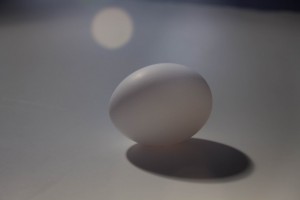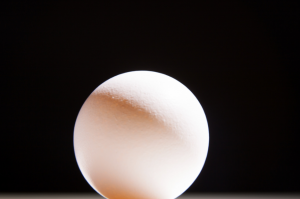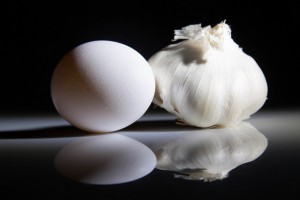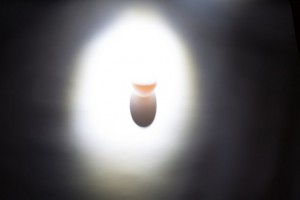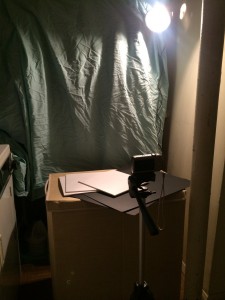Visiting many galleries on tuesday was a very great experience to me. I didn’t know that there was such galleries that are free to the public to look at so this was very good to know. I learn that many photographers usually have a purpose for taking there photographs a certain way and the reason its composted weather it be because it wants to give us the audience a message or because it has a unique style that represents who the photographer is.
The first exhibit, The New York Times Magazines, I enjoyed the photographer work by Ryan Mcgliney. He did the summer and winter Olympics and where placed in the magazine.The photographer Has a very different understanding of the human body and has studied the history of photographer and motion of people ? In this series he created many types of athletes soaring throughout the air which were titled simply up. I enjoyed looking at his work, because of the way the lighting was directed to. We see a type of gradient in the background that gave the photo a more colorful mysterious look. These photos also have a light contrast and the athletes have a type of silhouettes. These photographer are negatives. These photographs were published August 8, 2004.
Another photo gallery that I really enjoyed looking at was called Sepia Eye Rectangle Squares. SepiaEYE is pleased to present Rectangular Squares, a group exhibition featuring the work of sixteen artists whose photographic images conjure suggestion out of structure, semblance out of geometry. Beatrice Pediconi, Seven, 2014 was the photographer and date of the image. A specific photo really made me feel happy relaxed and was full of mystery. .It made me feel mysterious and curies at the same time. The photographer who I enjoyed looking at with the gradient blue panels was called Beatrice Pedicon. This image was so simple, very efficient, had great feeling to it since blue is considered a cool, relaxing color and in many ways very interesting. These images went darker in the top and lighter at the bottom. This painting was made from a water color something very different from a photograph.
Lastly, the last gallery that really caught my attention was the Sephen Shore. When I first walked in, and when thru the gallery I noticed the high definite colors that each photograph that was hung up had. It caught my eye because our eyes are meant to get led to items on the photographers that stand out more. At first I thought this gallery was about places like in the European culture but later learned that these images are about peoples homes who actually survived the holocaust back when the jews were treated very badly by the germanys. These photographer photographed their condition, items and places where these people lived. Now all these photographers have more meaning. An example of a photo that I enjoyed was called called Home of Tsal Groisman, korsun, Ukraine, July 20, 2012. It was a chromogenic color print. The light direction from this image is gearing more towards the statue. Where there are many objects in the background.
I enjoyed watching every gallery we had went to. My favorite image out of these three has to be the one from Pedison. I really did enjoyed his water color painting. It has a great feeling to it the gradient in the background it was such a great picture.
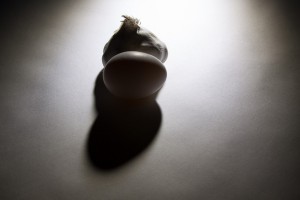 I really like this photograph because we used a back light setting; also the camera was set up at a high angle so that we can define the two figures because of the lighting. This gives the image certain dark look to it and because the shapes also help to created interest into the composition of the photograph.
I really like this photograph because we used a back light setting; also the camera was set up at a high angle so that we can define the two figures because of the lighting. This gives the image certain dark look to it and because the shapes also help to created interest into the composition of the photograph.
